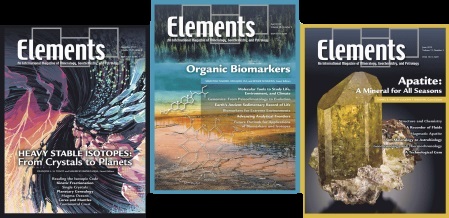MIGHT THE LEGACY OF THE MANHATTAN PROJECT INSPIRE HUMANKIND TO BUILD A SUSTAINABLE FUTURE?
By Janne Blichert-Toft | December, 2023
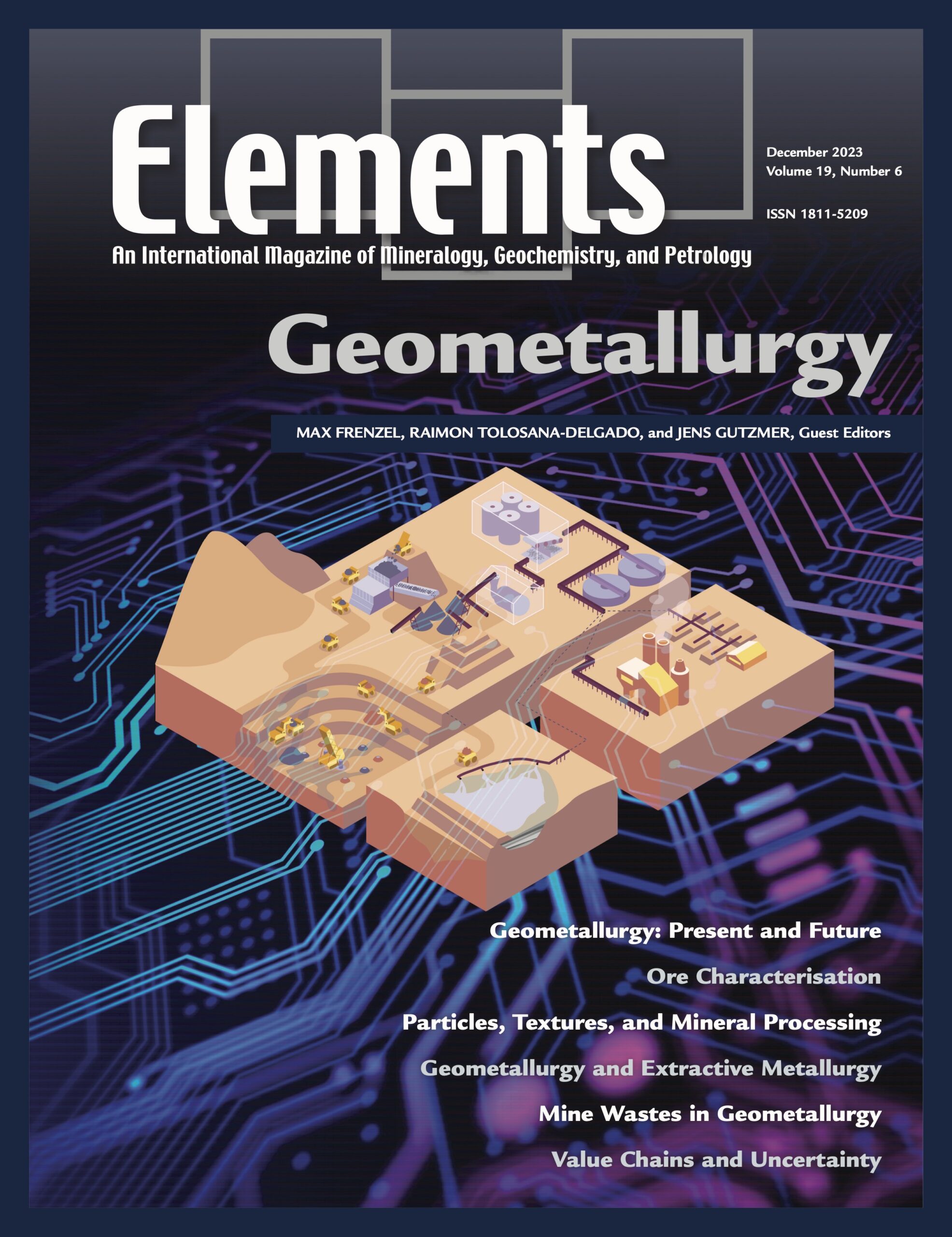
My personal shock aside, this kind of conversation is not unique, nor a recent phenomenon. It is one of the reasons why the European Association of Geochemistry, now over a decade ago, came up with the Geochemical Perspectives booklet series, written on invitation-only by the more senior scientists of our geochemistry community (so admittedly, but by definition, not DEI compliant), to ensure that we commit the history, players, and evolution of our field to paper while still in living memory so as to pass on the foundation of our discipline to our students and early-career scientists—many of whom today do not seem to realize that the field of isotope geochemistry is rooted in the WWII Manhattan Project.
MAKING TIME TO CULTIVATE OUR INTERDISCIPLINARY CURIOSITY
By Becky Lange | October, 2023
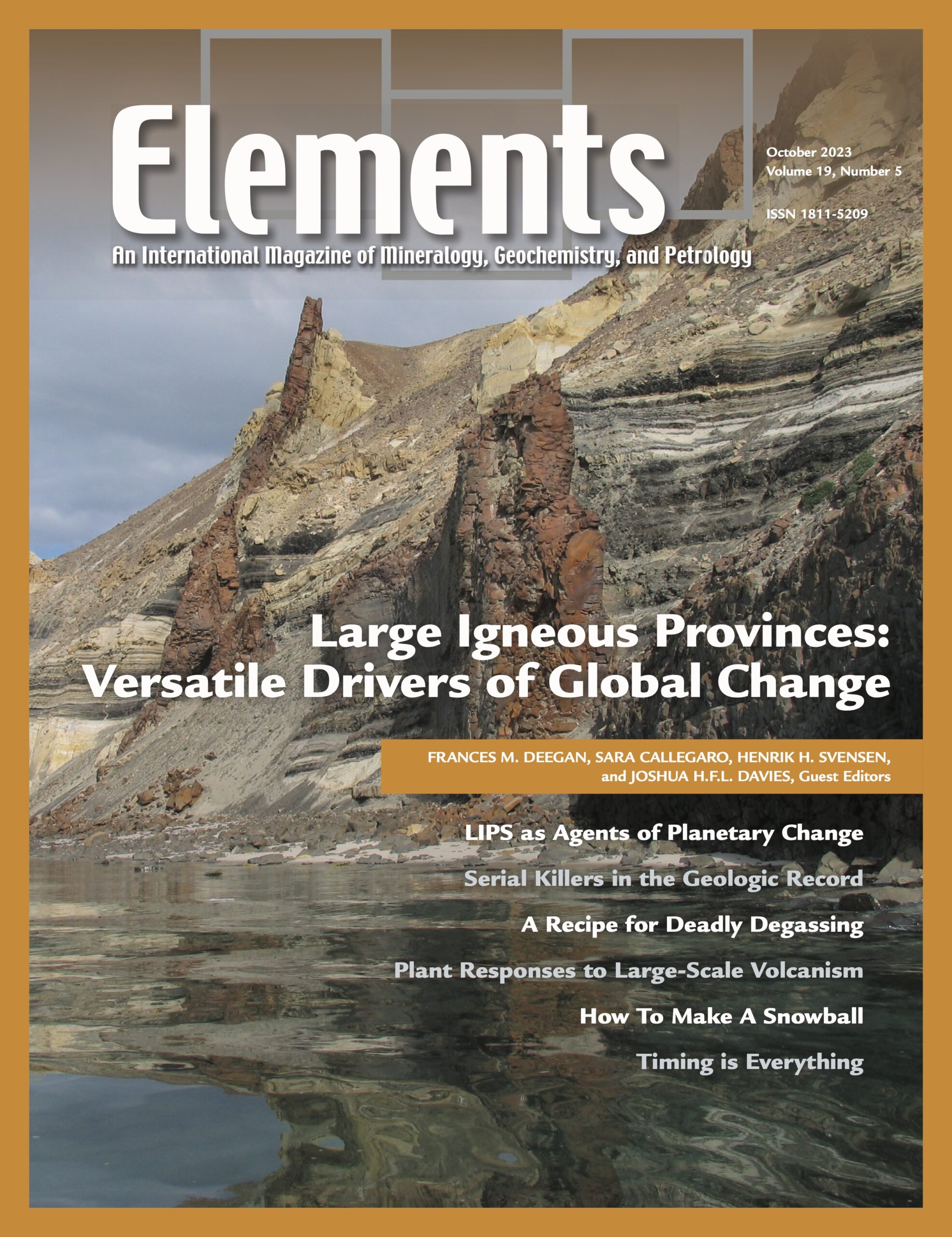
Interdisciplinary research is often extolled and celebrated, including within the Earth and environmental sciences, but not always practiced in our educational programs. Last summer, I was able to participate, albeit in a small way, in an interdisciplinary approach to my department’s capstone environmental field course. It is one of several courses taught each summer at the University of Michigan’s field station in Wyoming. Owing to a last-minute change in personnel, I found myself part of the faculty line-up. I was not an obvious substitute as my research interests place me squarely in the “hard-rock, solid-Earth” side of my department, and not the “hydrological, surficial processes, environmental science” side. It was a delightful experience as it gave me the opportunity to learn new things (e.g., hydrology and chemistry of stream waters, slope stability and landslide hazards, etc.) and add some new course content, in large part inspired by this issue of Elements, “Large Igneous Provinces: Versatile Drivers of Global Change.”
NAVIGATING THE GLOBAL PAPER CRISIS
By Esther Posner | August, 2023
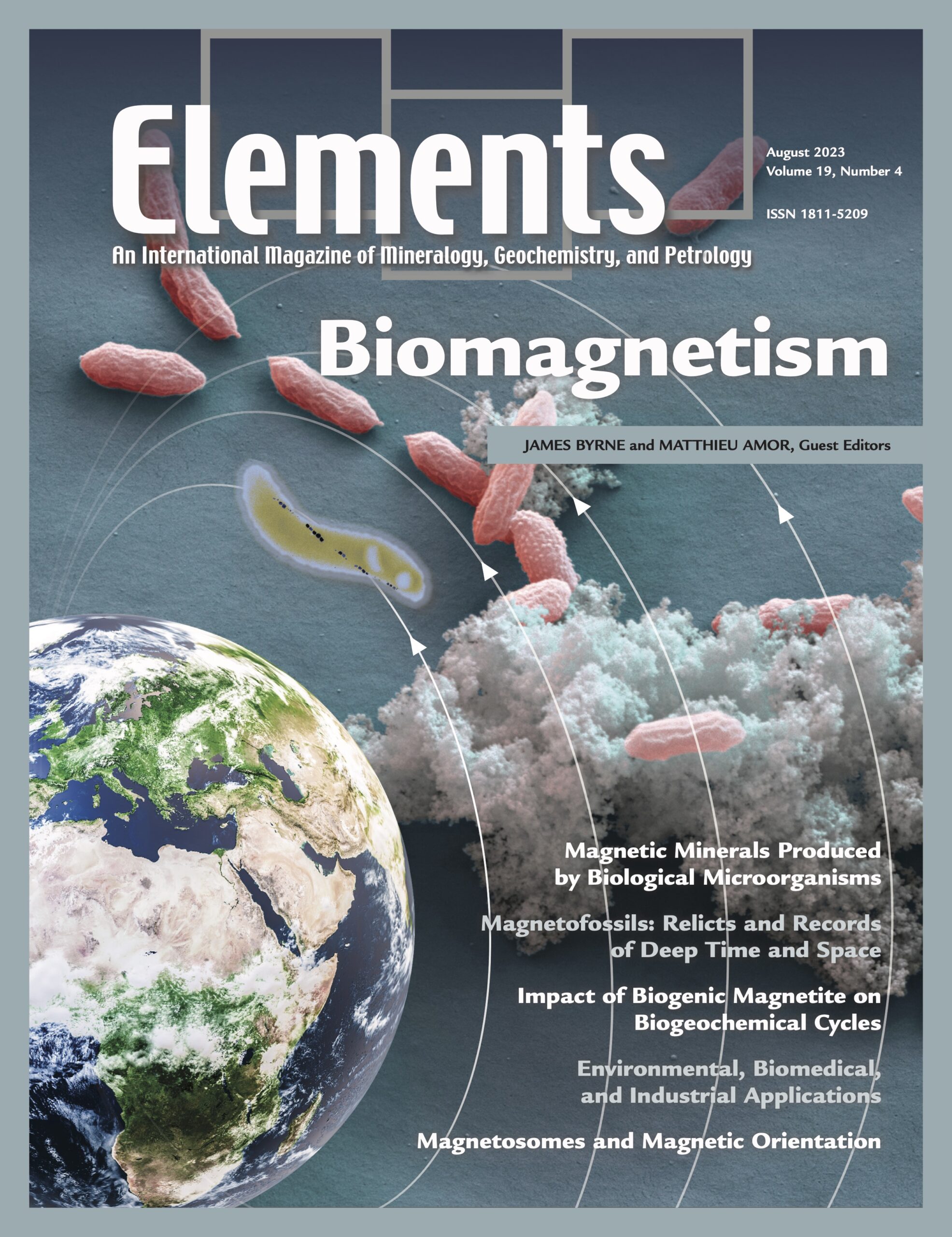
Toilet paper hasn’t been the only paper shortage to wreak havoc worldwide in recent years, although it has certainly received the most press coverage. Looming lockdowns in early 2020 sprung consumers into a paranoid frenzy to stock up on essentials (and what could be more essential than toilet paper?!), while simultaneously igniting a major spike in online purchasing.1 I’ll admit, as an American living in Germany I did the same thing. But it wasn’t the panicbuying of toilet paper that led to its shortage. Rather, the paper and pulp industry—while facing staff shortages, transportation delays, and social distancing limitations—was forced to shift production toward paperboard (i.e., cardboard) to meet the skyrocketing demand for e-commerce shipping material. Picture that ever-growing pile of light brown paperboard boxes and envelopes in your house and the tightly packed, yet overflowing paper recycling bins down the road. That is where the toilet paper went: into your shipping boxes.
IN SEARCH OF MIND-BLOWING SCIENCE
By Richard Harrison | June, 2023
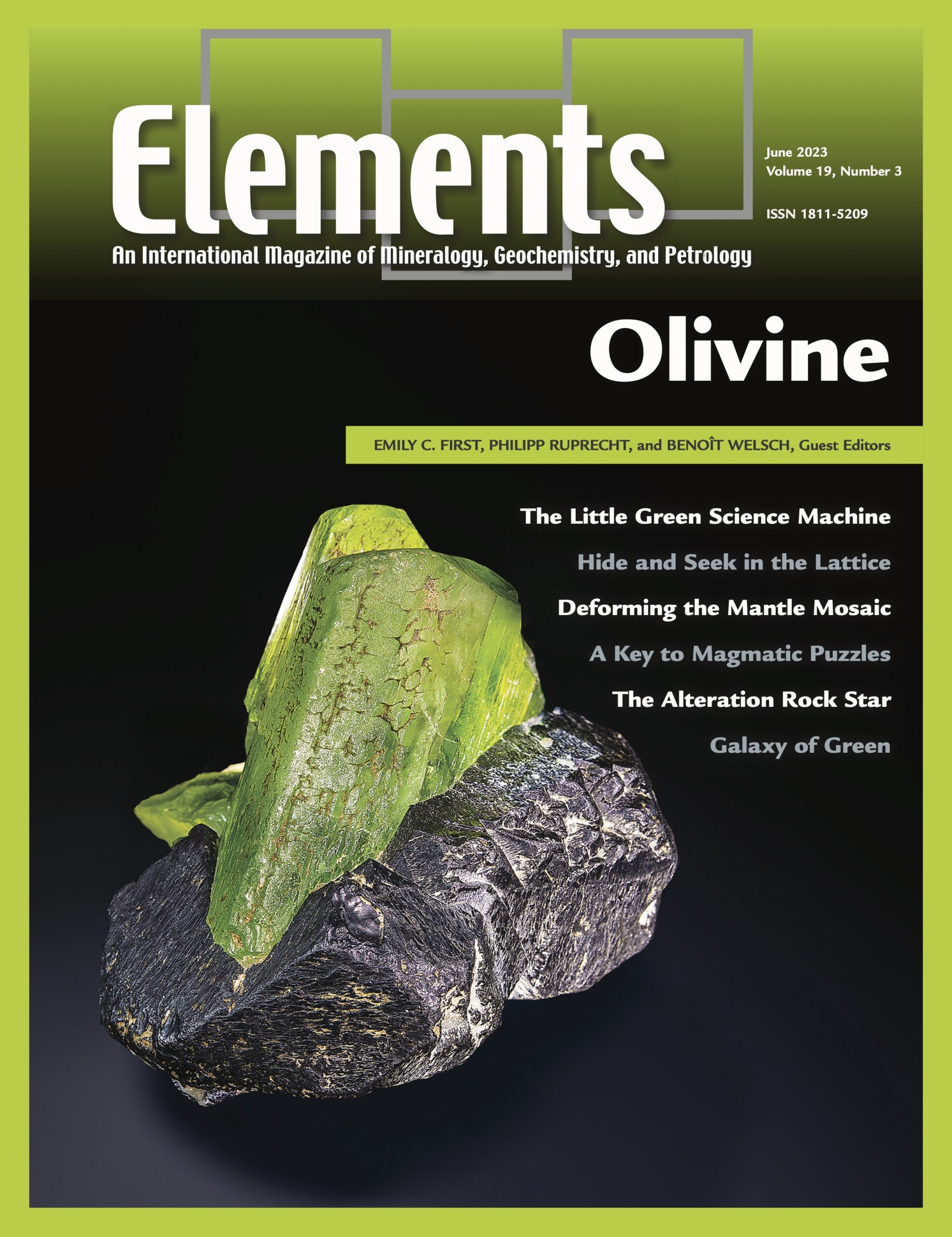
When was the last scientific talk you saw that totally blew your mind? You know, the kind of talk that you walk away from of thinking, “Wow—this changes EVERYTHING!” For me, I can clearly remember every detail of a talk I saw over 20 years ago in Strasbourg and the very moment I realised that my future research trajectory was going to change forever as a result of what was being presented. The talk in question was by Mihály Pósfai, who had been awarded the 1999 European Mineralogical Union Medal for Research Excellence and was presenting his work of applying the technique of electron holography to directly image the magnetic state of magnetite nanoparticles in bacteria. The impact on me was immediate for two reasons: not only would the opportunities afforded by this new technique completely revolutionise my own research, but I also discovered that one of the world experts in holography worked just across the street from me. (Indeed, I could write a whole other editorial on the subject of why we often have to travel to a conference halfway around the world to hear about the science that is happening just down the corridor.)
THE POWER OF THE COLLECTIVE IMAGINATION OF HOMO SAPIENS!
By Becky Lange | April, 2023
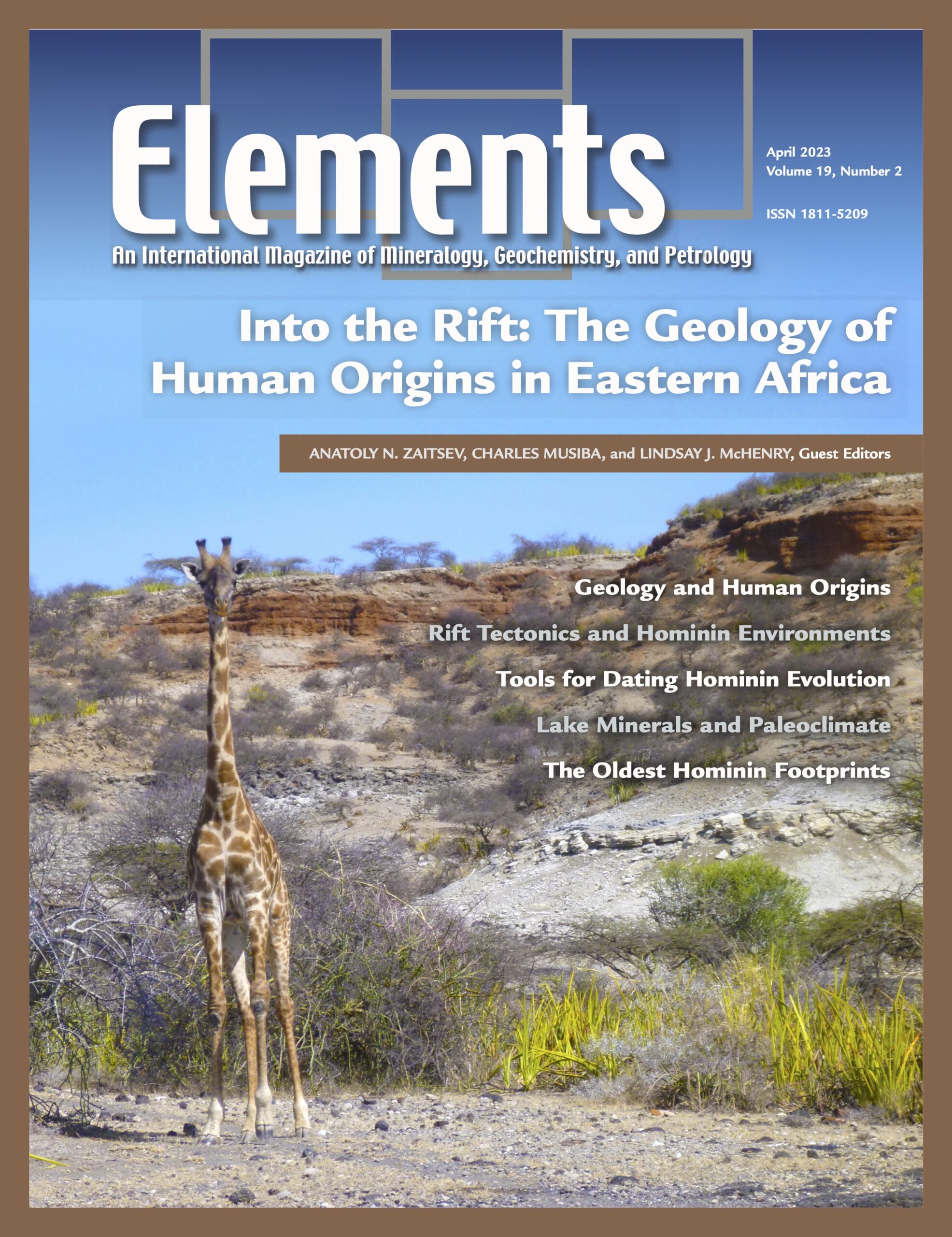
The last 100 years of Homo sapiens history, which dates back more than 200,000 years, have been remarkable by any objective measure. For one, our population quadrupled from ~2 billion to ~8 billion strong (and counting). This population surge occurred in parallel with an astonishingly high rate of scientific discoveries and technological feats, including our new-found ability to edit and modify our own genetic code (and that of our offspring). The environmental impact of our ever[1]increasing “footprint” is also accelerating, as we usher in Earth’s sixth mass extinction since the Cambrian. At a time when rapid and unprece[1]dented change looms, it is compelling to take a moment to reflect on our species’ origin. Where did we come from? How did we arise? What led to our migration out of our ancestral continent and rapid colonization of all other land masses? These questions cannot be answered simply or briefly. But in this issue of Elements, “Into the Rift: The Geology of Human Origins in Eastern Africa,” we are reminded that all 8 billion of us have a shared ancestry and thus a shared humanity.
A WONDROUS JOURNEY TO THE ENIGMATIC, INTRIGUING SALTY PLAINS, PECULIAR MINERALS, AND MYSTERIOUS MICROBIAL INHABITANTS OF ALKALINE LAKES—AND THE FUTURE OF OUR PLANET
By Janne Blichert-Toft | February, 2023
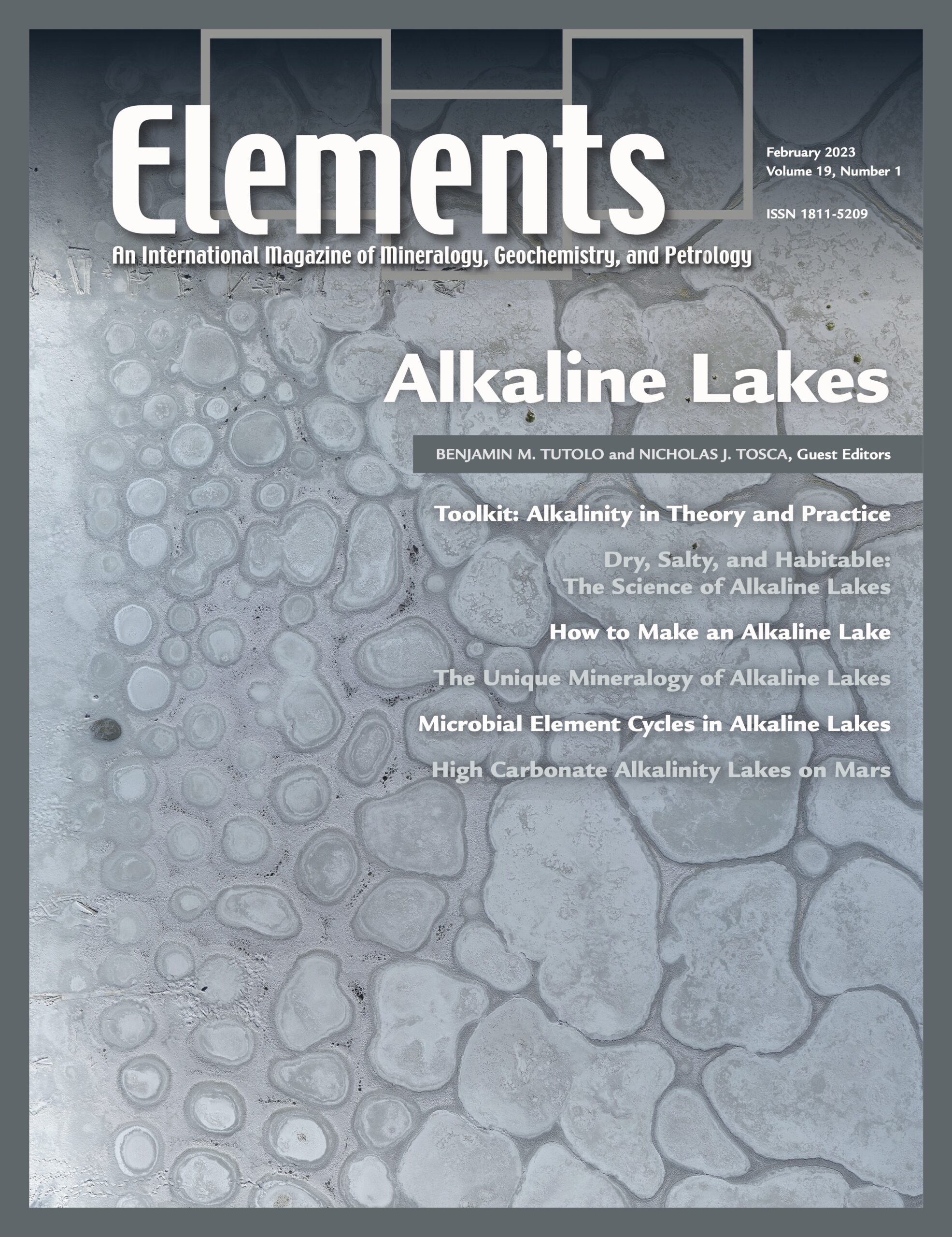
I am delighted to invite you with this issue of Elements on a stunning and fascinating expedition to one of Earth’s most extreme, remarkable, and puzzling environments: its alkaline lakes (Fig. 1), which find themselves at a multi-disciplinary interface between geology, geochemistry, mineralogy, biology, hydrology, and geomorphology. I thought I knew what alkaline lakes were all about—until I read the articles in this issue. Now, I know! I also now know not to confuse alkaline lakes with saline lakes, the former being a subset of the latter; a subtle distinction I had not quite appreciated before when using the two expressions interchangeably as if they were synonyms.

